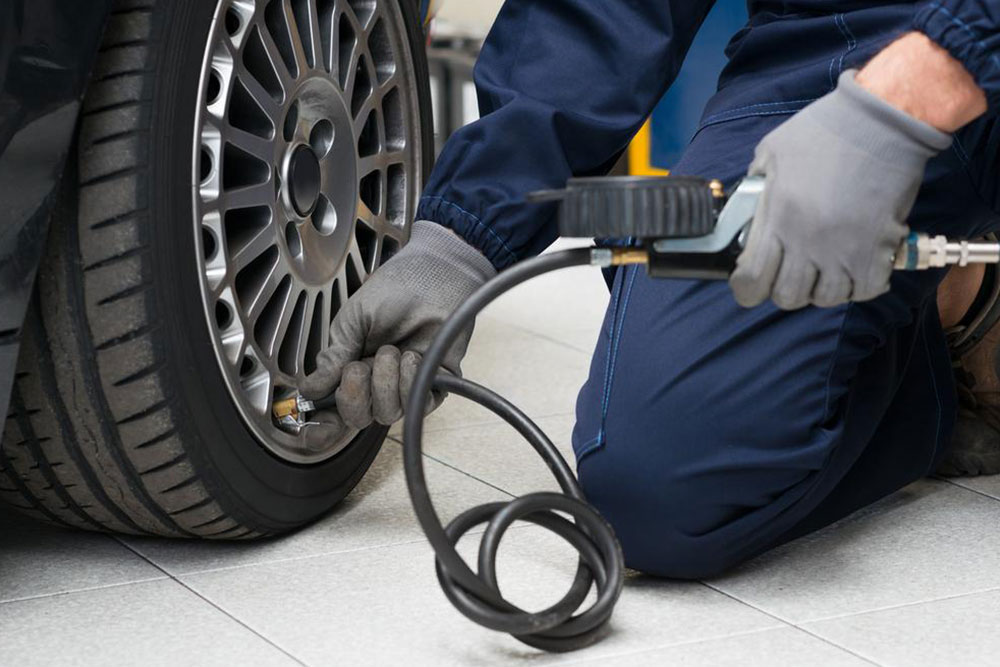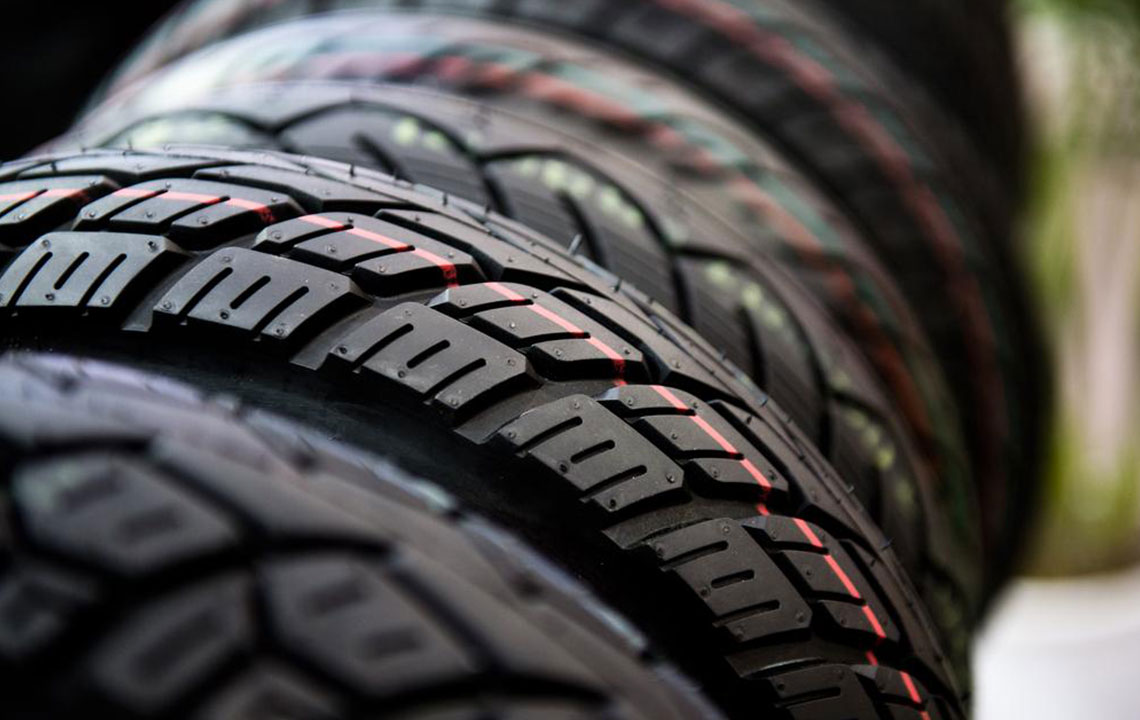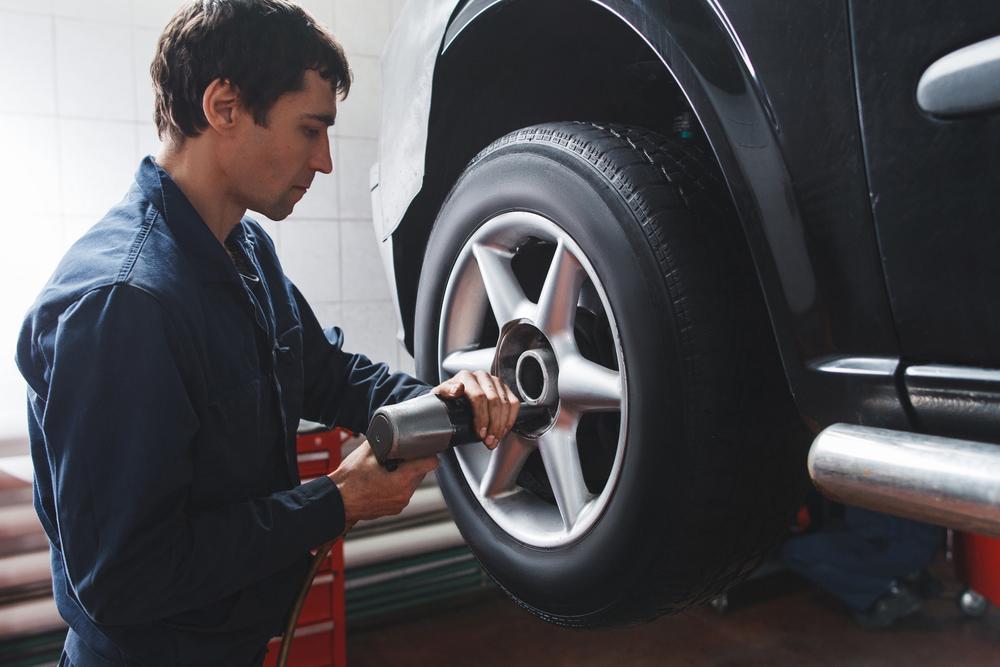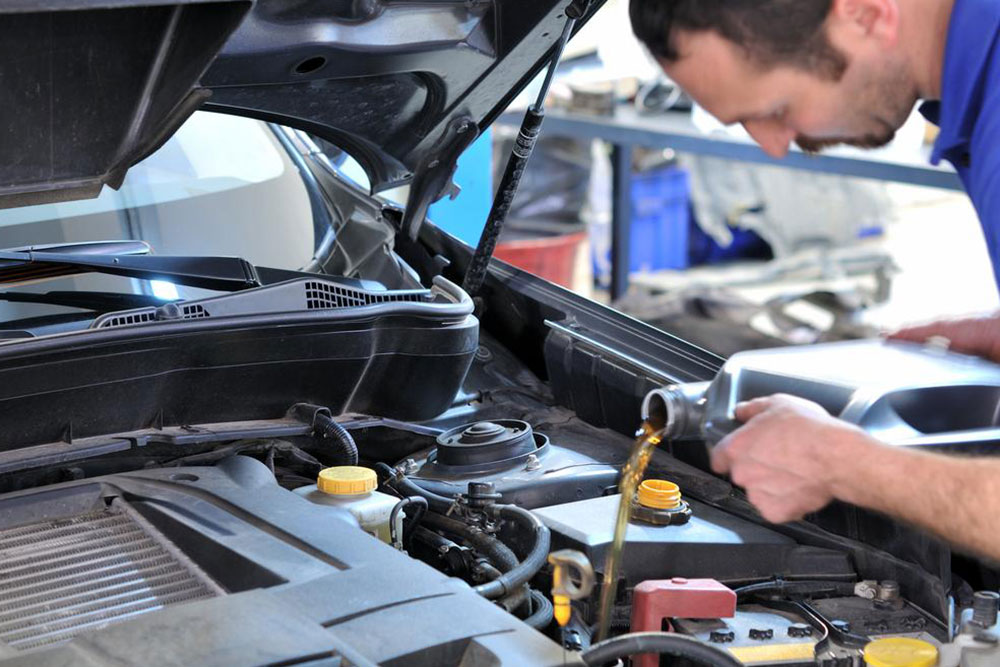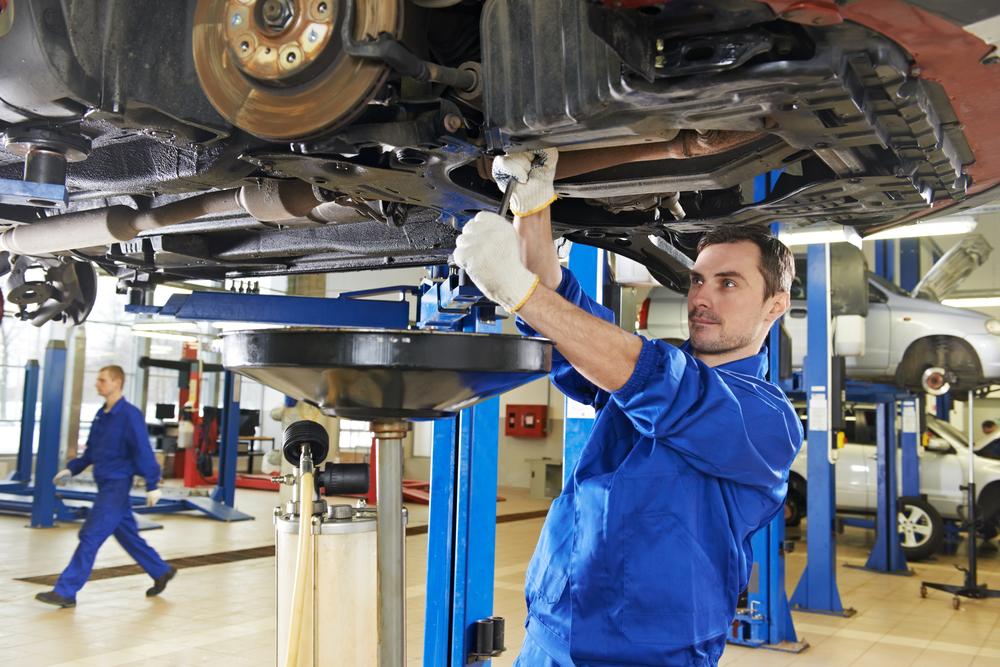Comprehensive Guide to Maintaining Your Vehicle's Tires
Learn essential tips for maintaining your vehicle's tires to ensure safety, efficiency, and longevity. From checking pressure and rotating tires to balancing wheels and replacing worn tires, this guide covers all critical aspects of tire care, helping you keep your vehicle in top condition.
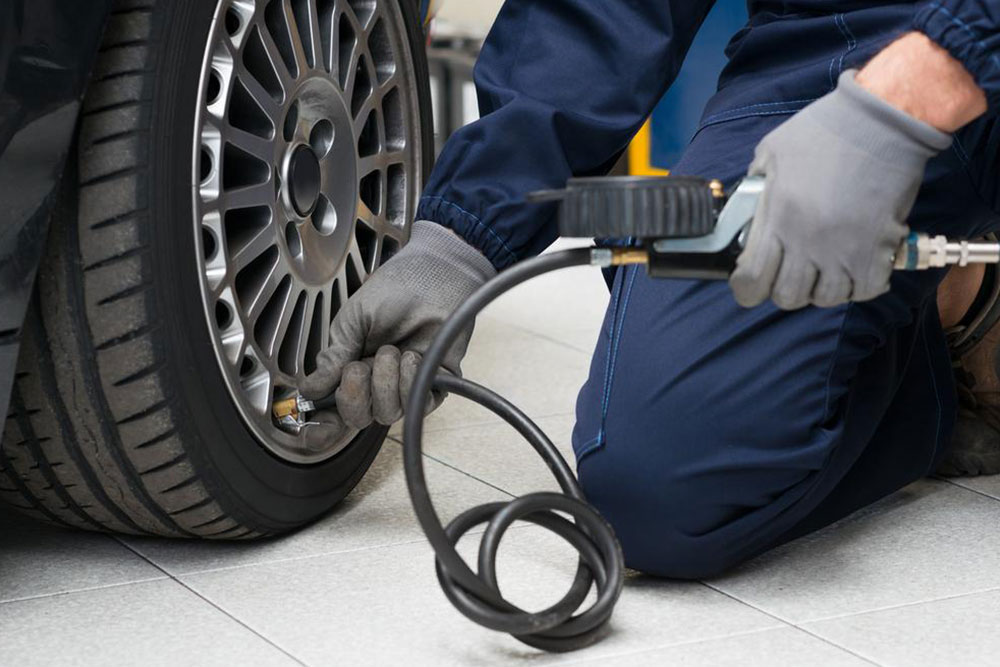
Comprehensive Guide to Maintaining Your Vehicle's Tires
Proper tire care is essential for optimal vehicle performance and safety. Regularly inspecting tire pressure, rotating tires, balancing wheels, and selecting appropriate replacement tires based on safety and handling needs will ensure consistent driving quality.
Here are key tips for effective tire maintenance:
Checking Tire Pressure
Maintaining correct tire pressure prevents damage, enhances safety, and improves fuel economy. Low-pressure tires can lead to blowouts and higher fuel consumption. Check your tires monthly, especially if you drive frequently.
Consult your vehicle's manual or the labels inside the door or gas cap for the recommended tire pressure. Properly inflated tires ensure longer tread life, better handling, fuel efficiency, and safety.
Tire Rotation
Regularly rotating tires helps distribute wear evenly. Follow the manufacturer’s suggested rotation pattern, typically every 4,000 to 6,000 miles. Rotations include different patterns like cross, straight, or five-tire rotations to optimize tire lifespan and performance.
Different car brands have varied recommendations, but routine rotation enhances traction and prevents premature tire wear. Proper rotation practices extend tire life and improve vehicle handling.
Wheel Balancing and Alignment
Ensuring your wheels are balanced and aligned is crucial for safe driving. Proper balance reduces vibrations, protects suspension components, and increases tire longevity. Misalignment can cause uneven wear and handling issues, especially at high speeds.
Tire Replacement Tips
When replacing tires, install them in pairs or sets for stability. If only one tire needs replacing, place new tires on the rear for better control. Also, keep a properly inflated spare tire ready for emergencies. Proper tire maintenance is vital for safety and vehicle performance.
Drive safely and stay proactive with tire care! Regular maintenance ensures longevity and optimal performance for your vehicle.

